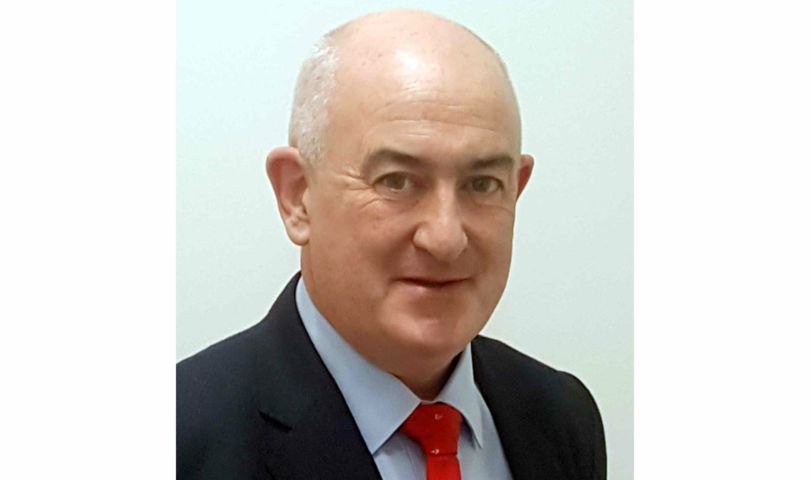IORP could be the catalyst that will drive a shift from standalone pension schemes to multi-employer master trusts, writes New Ireland's Patrick Cosgrave
We are on the cusp of a period of significant development and evolution for group pensions in Ireland. A variety of factors are converging, including the government’s Roadmap for Pensions Reform, the EU IORP II Directive, and overall changing consumer expectations when it comes to engaging with their pension. These changes will impact not only group pension scheme members, but also employers and trustees.
Automatic Enrolment
Perhaps the biggest development in terms of overall pension coverage will be the government’s proposed introduction of a new automatic enrolment retirement savings system from 2022.
Automatic enrolment has been long heralded, and aims to increase both pension coverage and adequacy, with a particular focus on getting employees currently not making pension provision to start on that journey. It is deemed necessary because the level of pension coverage in Ireland is so low.
Over the last 20 years, while government policy was to encourage increased coverage, the level of workers who have supplementary pensions has remained around 50%, with this figure reducing to 35% if public sector workers are excluded.
Automatic enrolment is a form of ‘semi-compulsory’ pension coverage, where employers are required not only to facilitate but also pay into a pension for employees. It is semi-compulsory (sometimes called ‘soft mandatory’) in that it includes an option for the auto-enrolled employee (but not the employer) to opt-out after a certain time.
It is generally considered that requiring the automatically enrolled person to actively opt-out will result in fewer opt-outs and therefore higher coverage.
A consultation process was initiated last year by the Department of Employment Affairs and Social Protection. It proposed that individuals and employers would contribute a percentage of gross annual earnings (capped at €75,000) starting at 1% in the first year of automatic enrolment, increasing by 1% each year up to 6% in year six. It left other aspects to be developed.
IORP II
While 2022 is some time away, a more pressing development is the EU Directive known as IORP II, which was due to come into effect in January of this year.
While we still await the details, it is clear that IORP II significantly raises the bar for pension trustees and will require much more time, effort and expense for them to be able to demonstrate their effective oversight of a pension scheme.
It appears that the full weight of IORP II requirements may fall on all schemes, regardless of size. This may well be the catalyst that will drive a shift from standalone pension schemes to multi-employer master trusts. A master trust removes the time and cost burden of providing trusteeship from the employer, and also reduces risk by moving responsibility for pension plan governance to the master trust trustees.
Customer Expectations
One of the key objectives of regulatory change is to improve outcomes for the individual consumer, but it is also vitally important to pay significant attention to the changing nature of the consumer.
Consumer expectations are significantly evolving in terms of access to information, choosing how and when they interact with it, and in being empowered to effect relevant choices. End-to-end digital automation will be required to deliver on these expectations, and interaction with a knowledgeable adviser at key points throughout the retirement journey will also be critical.
These are indeed interesting times for group pensions, and New Ireland plans to be at the forefront of these changes, using fintech solutions to deliver better outcomes for employers and members.
+ Patrick Cosgrave is Head of Group Pensions, New Ireland Assurance








